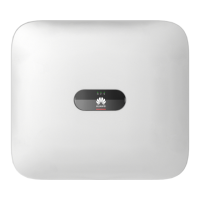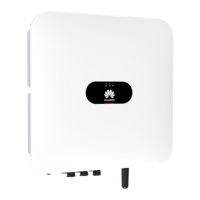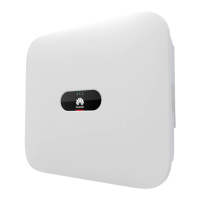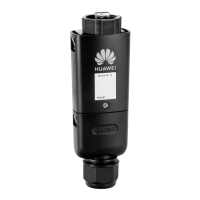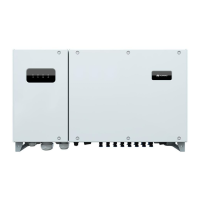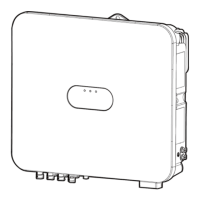LUNA2000-200KWH-2H1 Smart String ESS
User Manual
4 SmartLogger Web-based Deployment
Copyright © Huawei Technologies Co., Ltd.
SmartLogger directly delivers the external scheduling
power limit. No other power scheduling control is
performed. The power is automatically controlled by the
device.
It is applicable to the PV+ESS system to increase the
self-consumption rate of PV power.
Excess PV energy is stored in batteries. When PV
power is insufficient or no PV power is generated at
night, batteries discharge to supply power to the loads,
improving the self-consumption rate of the PV system
and the self-sufficiency rate, and reducing electricity
costs.
The SmartLogger performs battery scheduling based
on the external scheduling power limit and the
preceding policies.
Applies to optical storage systems and pure storage
systems with price differences between peak and
off-peak hours.
You can manually set the charge and discharge time
segments to lower the electricity cost. You need to
enable Fed to grid in Battery control. When the
electricity price is low at night, the power grid charges
the batteries. When the electricity price is high, the
batteries discharge to supply power to the loads.
Click Add to set the charge/discharge time. A
maximum of 14 time segments are allowed. During
the charging period, the power grid charges the
batteries, and during the discharging period, the
batteries discharge to supply power to the loads. In
other time segments that are not set, the ESS does not
discharge, and the PV modules and grid supply power
to the loads. (In grid-tied/off-grid mode, if the grid
fails, the ESS can discharge at any time.)
In some countries, the grid is not allowed to charge
batteries. In such case, this mode cannot be used.
The SmartLogger performs battery scheduling based
on the external scheduling power limit and the
preceding policies.
Scheduled Charge/Discharge
This mode applies to ground power plant scheduling
scenarios.
In scheduled discharge, the AC output aims to reach
the target value of the scheduled active power: PV
power supply is prioritized. If the PV power is
insufficient, the batteries supply power to loads; if the
PV power is sufficient, the system outputs at the target
value and the excess PV power is used to charge the
batteries.
In scheduled charge, the AC output aims to reach the

